Telling The Time
Teaching time is an interactive activity for telling the time. This activity helps students to learn how to read the clock to tell time using the analogue clock.
You can tell the time by looking at a clock. The face of the clock has two hands:
- A short hand that tells the hour. It is called the hour hand.
- A long hand that tells how many minutes have passed. It is called the minute hand.
Both, the minute and the hour hands of a clock, keep making rounds of the clock.
The minute hand takes 1 hour to move once around the clock. In 1 round, it moves across 60 small divisions. Each small division represents 1 minute.
So, 1 hour = 60 minutes.
The hour hand moves slower. In one hour, it moves only from a number to the next on the face of the clock.
The hour hand takes 12 hours to move once around the clock. It makes two complete rounds in a day.
So, 1 day = 24 hours.
While reading or observing the time on a clock or a watch we first need to see the position of hour hand and minute hand of the clock to know the time. If the hour hand is on any number or after any number represents the number itself as the hour but if it is before the next number, the first number represents the hour.
• When the hour hand moves from one number to another, we can say that one hour has passed.
• When the minute hand moves from one number to another
number we can say that 5 minutes have passed.
If the minute hand is on any number or after it before the next number then the minutes = first number × 5 + small division.
When the minute hand points to 12, the hour hand tells us what time it is.
See how the minute and hour hands move.
Telling time to the next Hour:
|
• When the minute hand is on the left side of the clock. We say minutes to the next hour. |
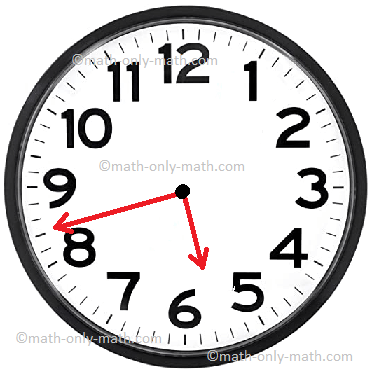 |
Here are some examples of telling time to know the time by the clock.
(i) Hour hand is on 8 and minute hand is on 12.
So, time is 8 o’clock, i.e., 8:00
(ii) The hour hand is just after 8 but before 9 and minute hand is on 4.
So, the time is between 8 o’clock and 9 o’clock. The minute hand is on 4. So the minute hand has removed 4 × 5 = 20 small divisions, i.e., 20 minutes.
So, the time is 20 minutes past 8 or 8:20.
or, 40 minutes to 9.
(iii) Here the hour hand is just after 9 and minute hand is at one division after 5.
Hour hand being after 9 indicates it is past 9 o’clock.
Minute hand being one division after five indicates minutes = 5 × 5 + 1 = 26 minutes.
So, the time is 26 minutes past 9 or 9:26.
or, 34 minutes to 10.
(iv) Here, the hour hand is between 3 and 4 and minute hand is 4 divisions after 3.
So, hour hand indicates it is past 3 o’clock and minute hand indicates 3 × 5 + 4 = 19 minutes.
Hence, time is 19 minutes past 3 or 3:19
(v) Here, the hour hand is between 7 and 8. So, it indicates that it is past 7 o’clock.
Minute hand is 2 divisions after 11. So, it indicates 11 × 5 + 2 = 57 minutes.
Hence, time is 7:57
57 minutes after 7.
It is also called 3 minutes to 8, i.e., (8 - 7.57 = 0.03)
(vi) Here hour hand and minute hand both are at 12.
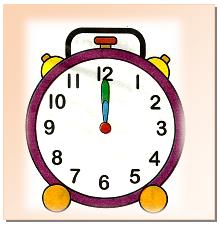
So, time is 12:00
So the main thing while telling time we need follow the positions of hour hand and minute hand indicate the time on the clock faces.
In hours:
The hour hand is at 3 in this clock.
The minute hand is at 12.
So the time is 3: 00 or 3 o'clock
In half hours:
The hour hand is between 3 and 4 in this clock.
The minute hand is at 6.
So the time is 3: 30 or half past 3.
In quarter past:
The hour hand is between 7 and 8 in this clock.
The minute hand is at 3.
So, the time is 7: 15 or quarter past 7.
In quarter to:
The hour hand is between 12 and 1.
The minute hand is at 9.
So, the time is 12: 45 or quarter to 1.
Worksheet on Telling the Time:
1. Read the correct time. Fill in the boxes.
(i)
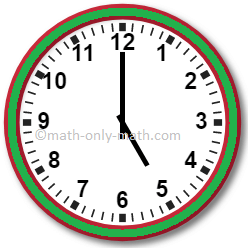
The hour hand is at _____
The minute hand is at 12.
It is _____ o'clock.
(ii)
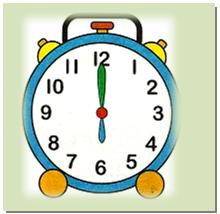
The hour hand is at _____
The minute hand is at 12.
It is _____ o'clock.
(iii)
The hour hand is at _____
The minute hand is at 12.
It is _____ o'clock.
Answer:
1. (i) The hour hand is at 5
The minute hand is at 12.
It is 5 o'clock.
(ii) The hour hand is at 6
The minute hand is at 12.
It is 6 o'clock.
(iii) The hour hand is at 3
The minute hand is at 12.
It is 3 o'clock.
SUMMARY
🟢 The shorter hand is called the hour hand.
🟢 The longer hand is called the minute hand.
🟢 The hour hand takes 12 hours to complete 1 round.
🟢 There are 24 hours in a day. So for that, the hour hand moves round the clock twice a day.
🟢 The minute hand takes 1 hour to complete one round.
🟢 In 1 round, minute hand moves through 60 small minute divisions, each of which is equal to 1
🟢 The minute hand moves 24 times round the clock in one day.
1 day = 24 hours
● Related Concept
● Different Ways of Reading Time
From Telling the Time to HOME PAGE
Didn't find what you were looking for? Or want to know more information about Math Only Math. Use this Google Search to find what you need.
Recent Articles
-
Counting Numbers from 1 to 50 | Match the Number | Missing Numbers
Apr 04, 25 03:46 PM
In counting numbers from 1 to 50, recognize the numbers, count and then join the numbers in the correct number order. Here we mainly need eye-hand coordination to draw the picture and maintain the num -
Counting Eleven to Twenty with Numbers and Words |Numbers from 11 - 20
Apr 04, 25 03:21 PM
Counting eleven to twenty with numbers and words are explained below. One ten and one more is eleven. Eleven comes after ten. One ten and two more is twelve. Twelve comes after eleven. -
5th Grade BODMAS Rule Worksheet | PEMDAS | Order of operations|Answers
Apr 03, 25 03:11 PM
In 5th Grade BODMAS Rule Worksheet you will get different types of problems on mathematical expressions involving different operations, mathematical expression with 'brackets' and 'of' and simplifying… -
Worksheet on Simplification | Simplify Expressions | BODMAS Questions
Apr 03, 25 02:58 PM
In worksheet on simplification, the questions are based in order to simplify expressions involving more than one bracket by using the steps of removal of brackets. This exercise sheet -
Divisible by 2 Video |Test of Divisibility by 2 Trick| Rules| Examples
Apr 03, 25 10:25 AM
A number is divisible by 2 if the digit at unit place is either 0 or multiple of 2. So a number is divisible by 2 if digit at its units place is 0, 2, 4, 6 or 8.
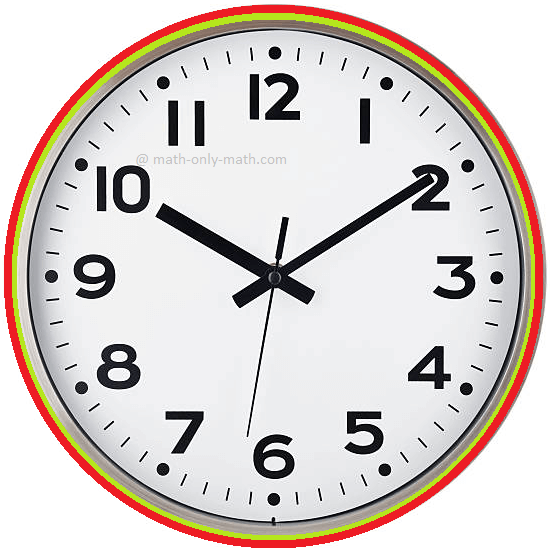
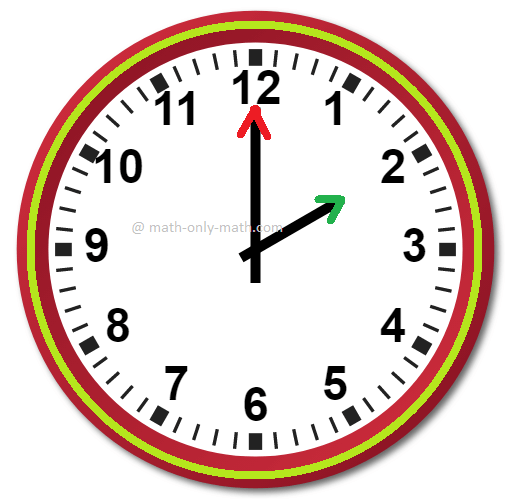

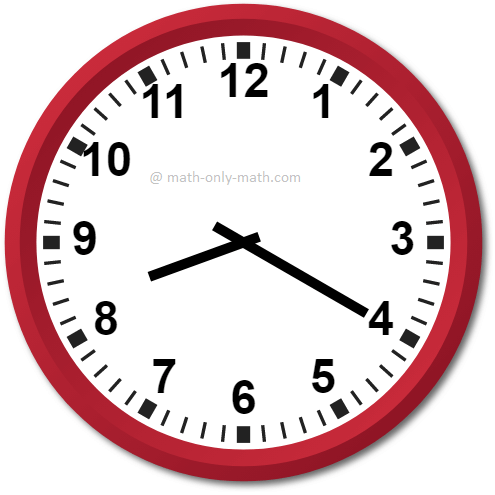
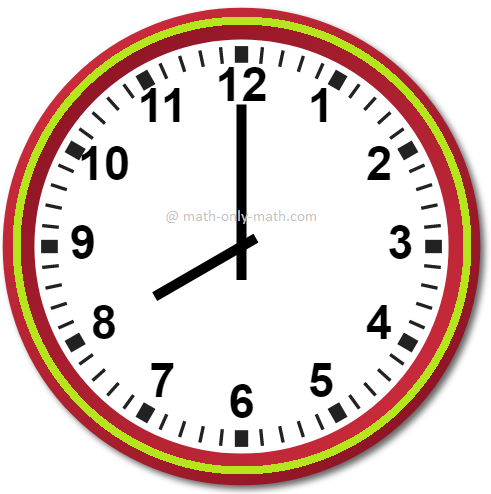
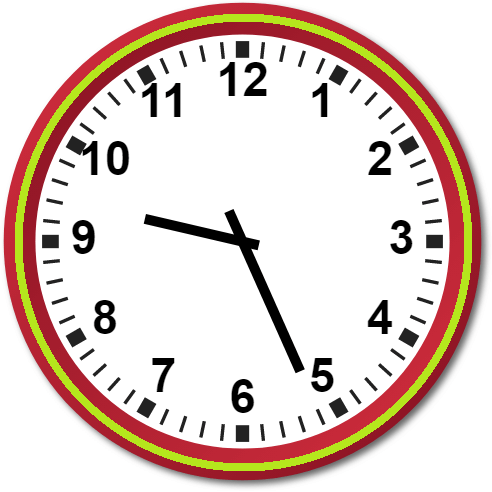
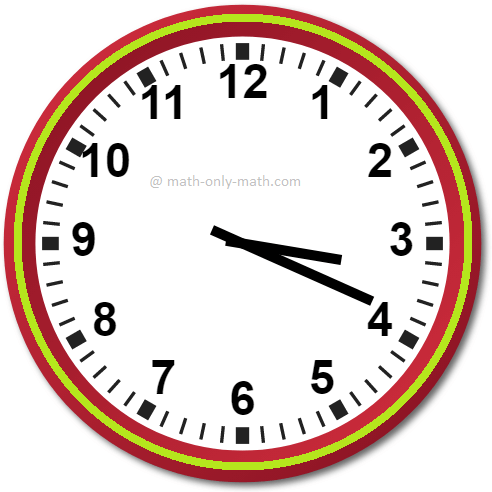
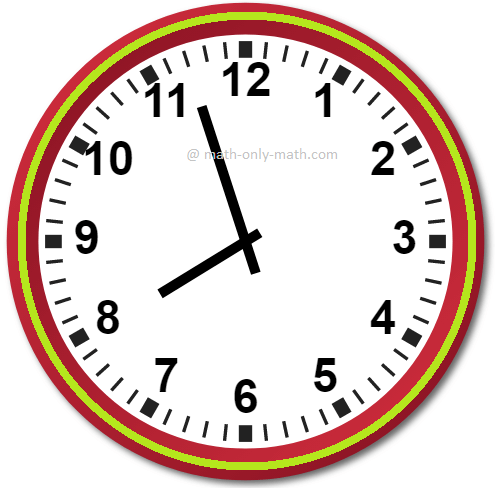
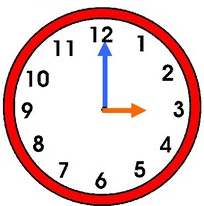
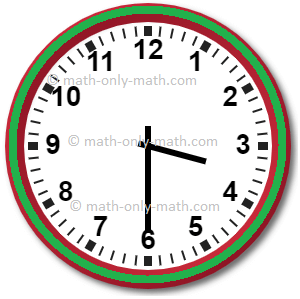
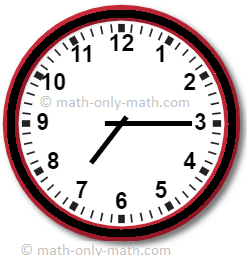
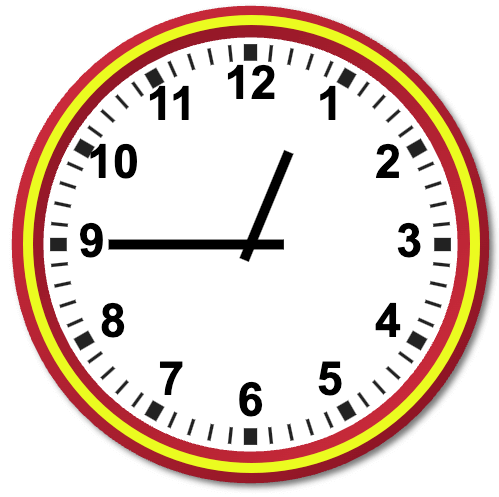
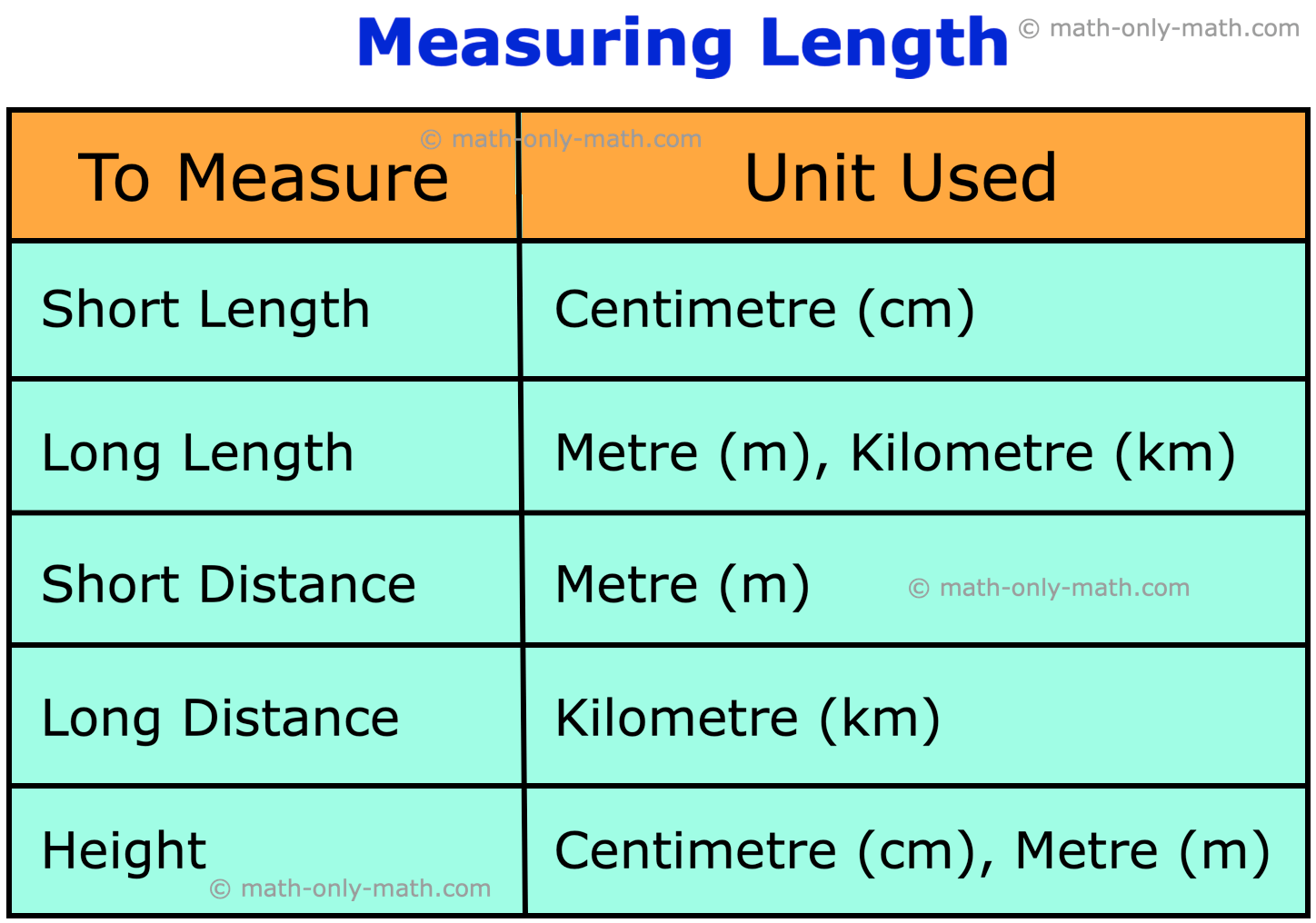
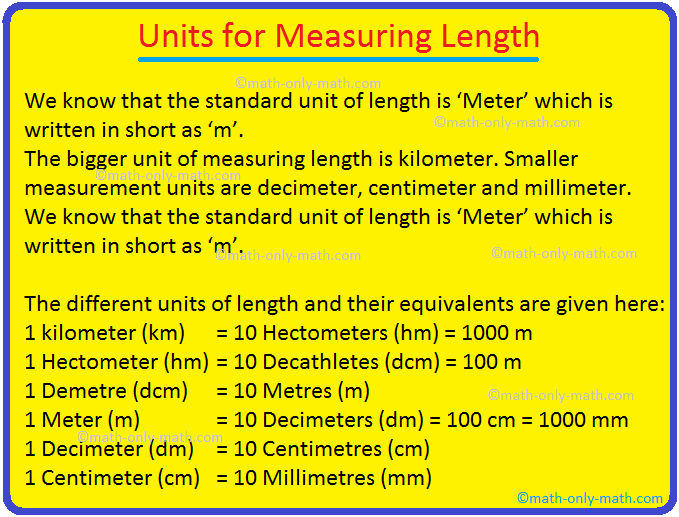
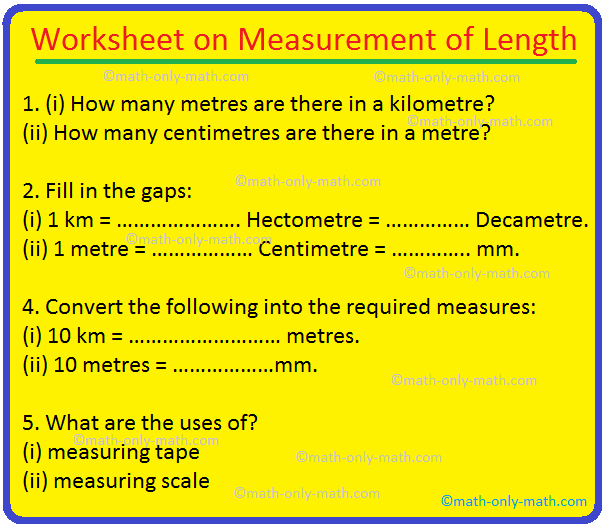
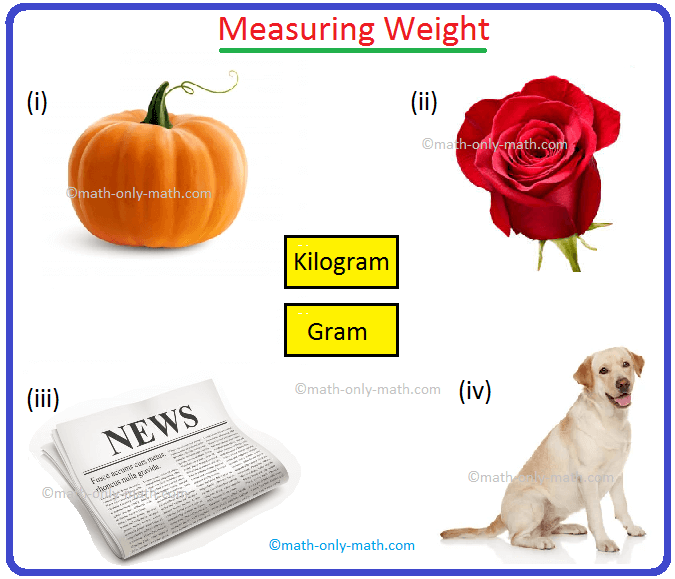
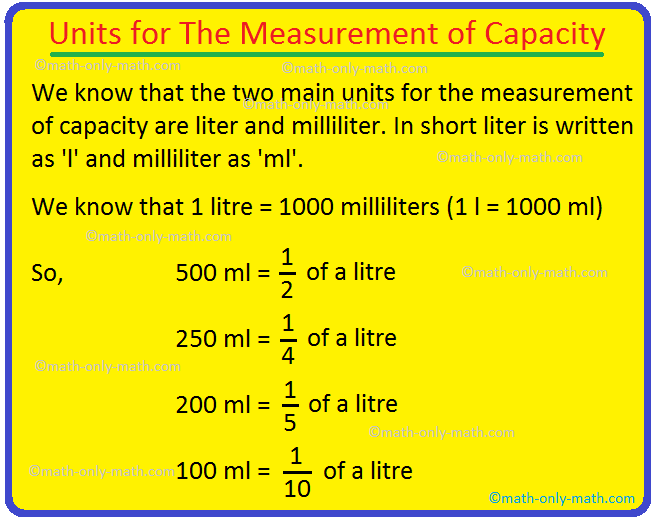
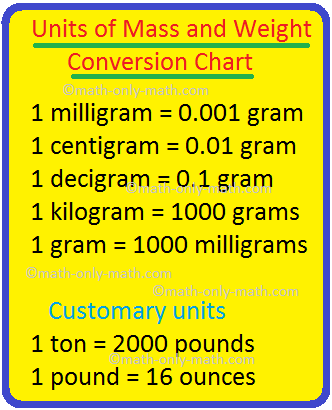



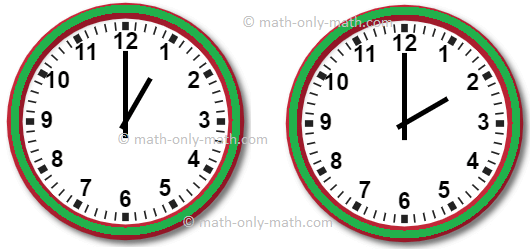



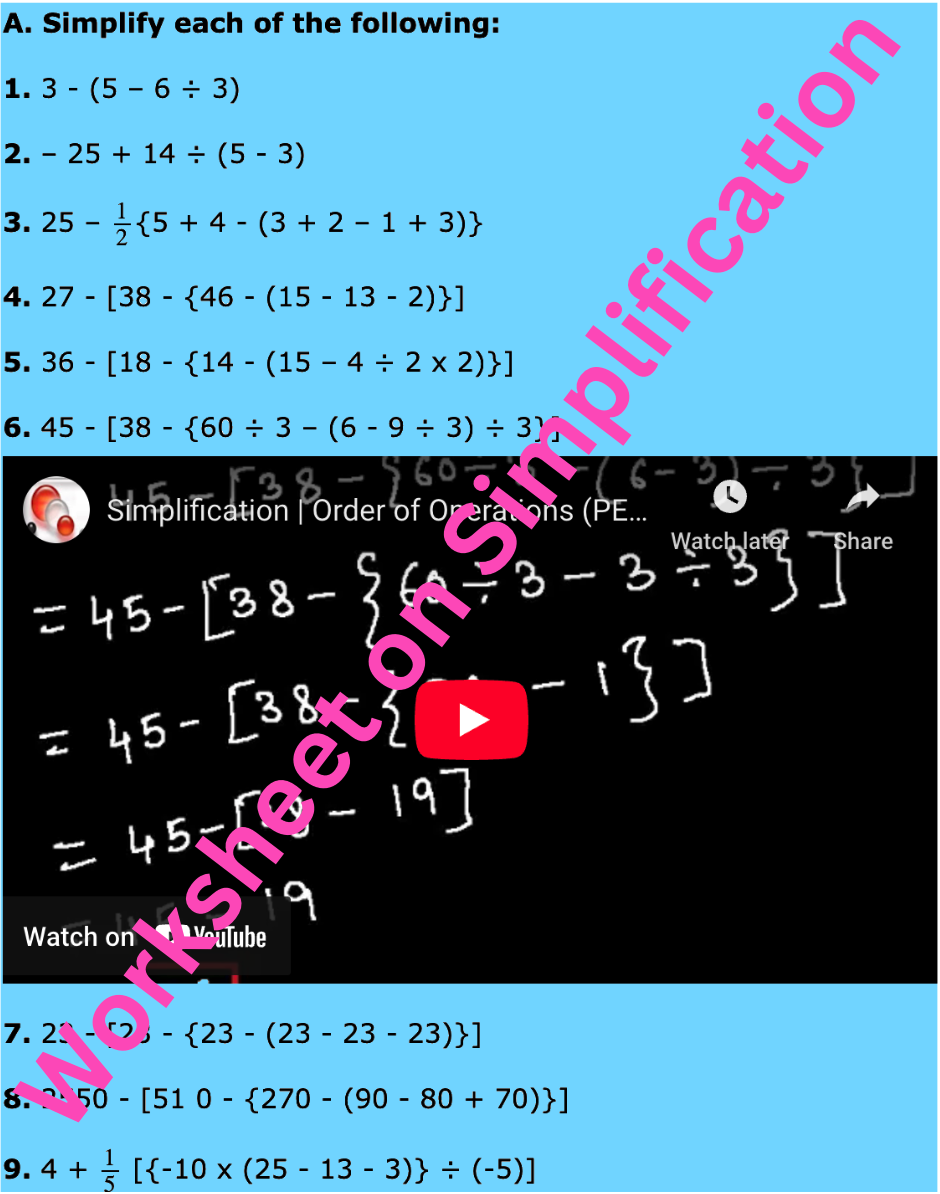

New! Comments
Have your say about what you just read! Leave me a comment in the box below. Ask a Question or Answer a Question.